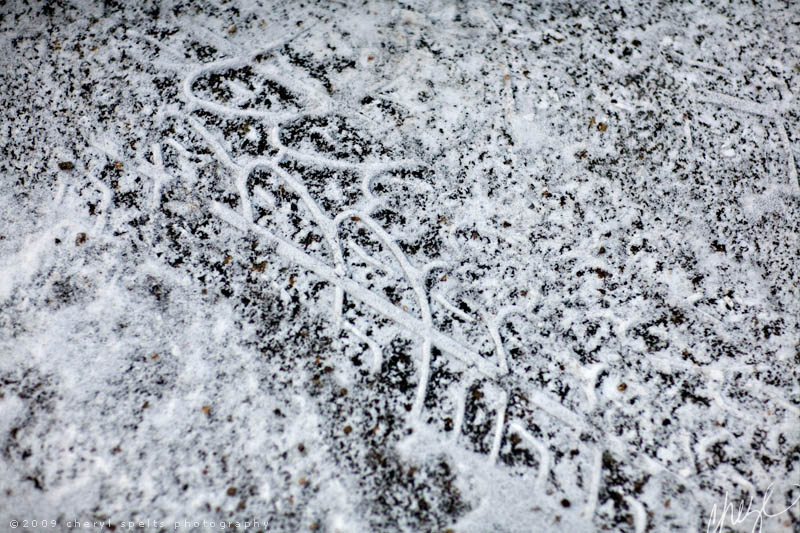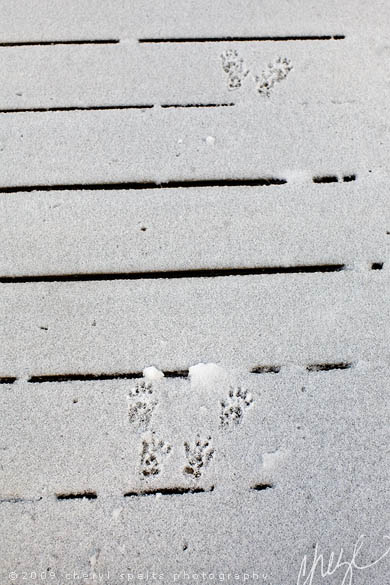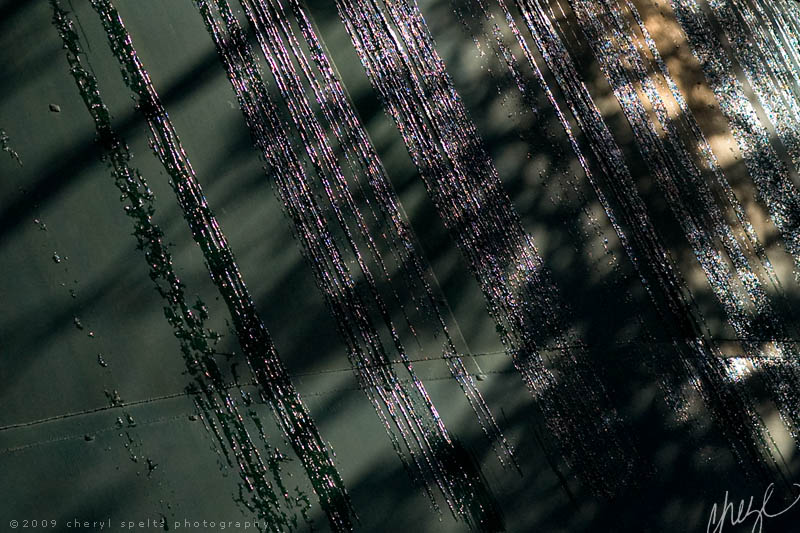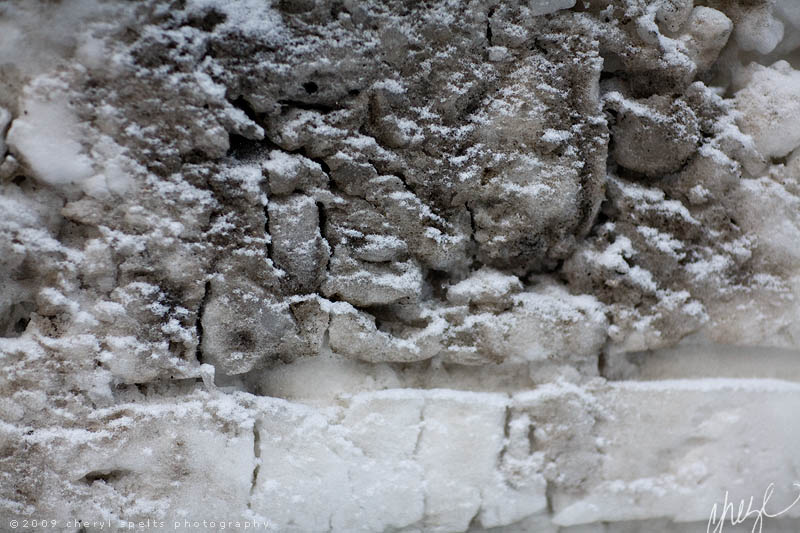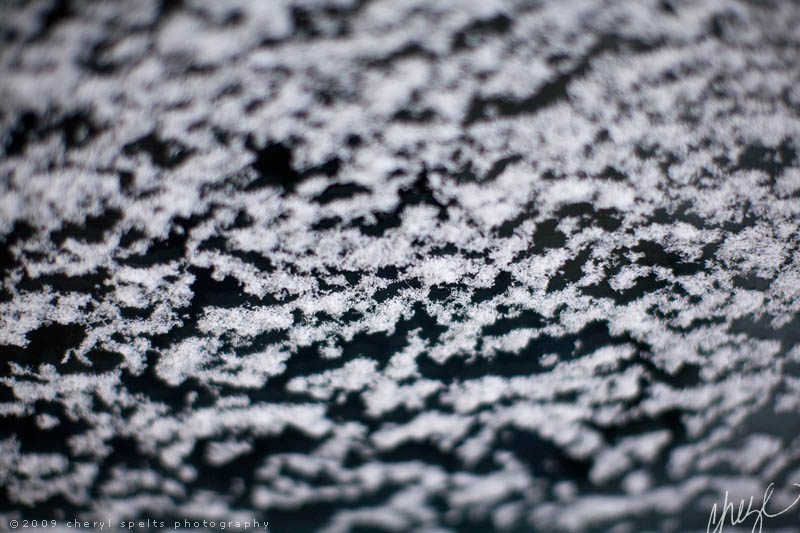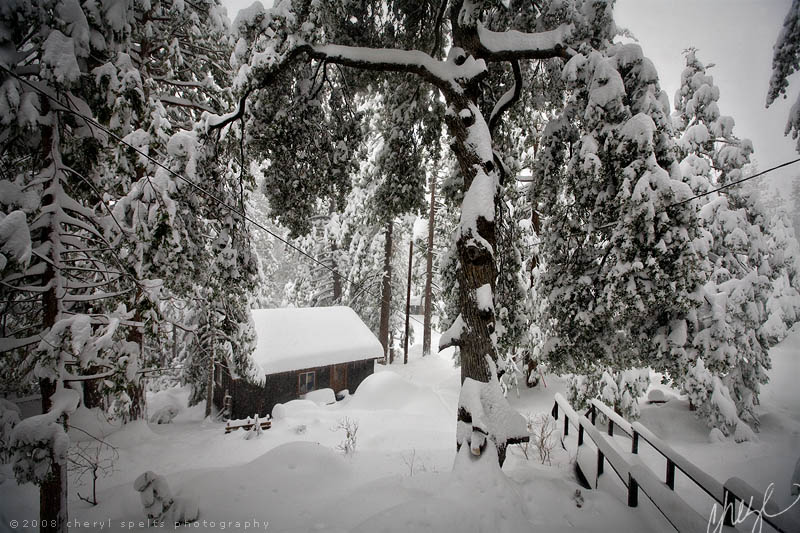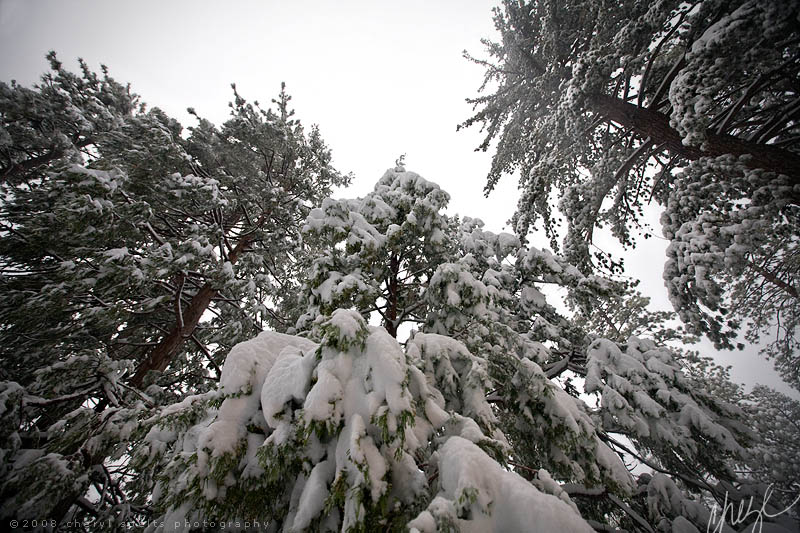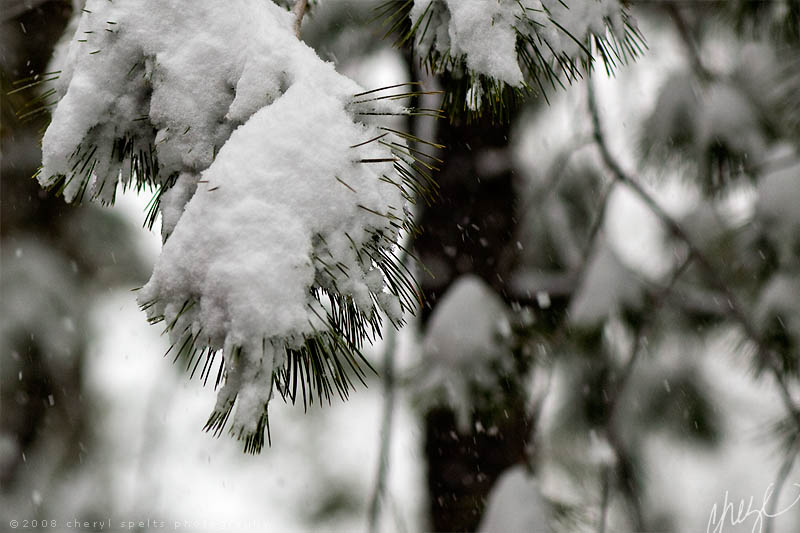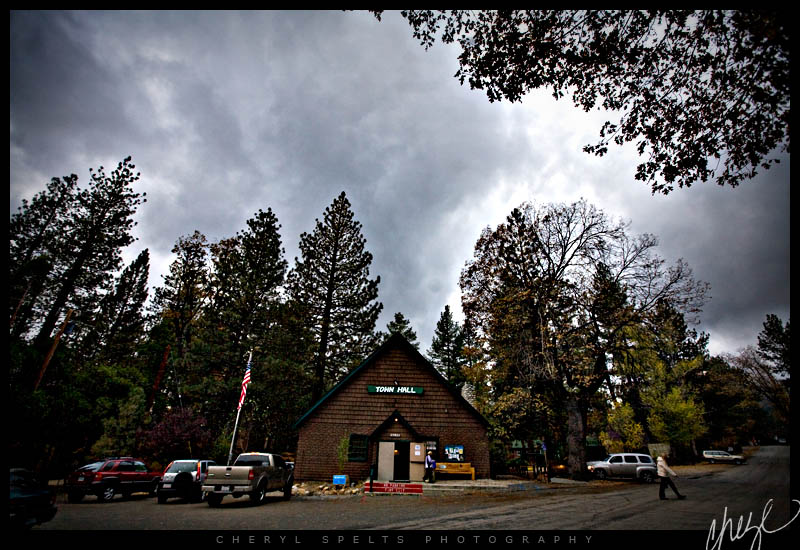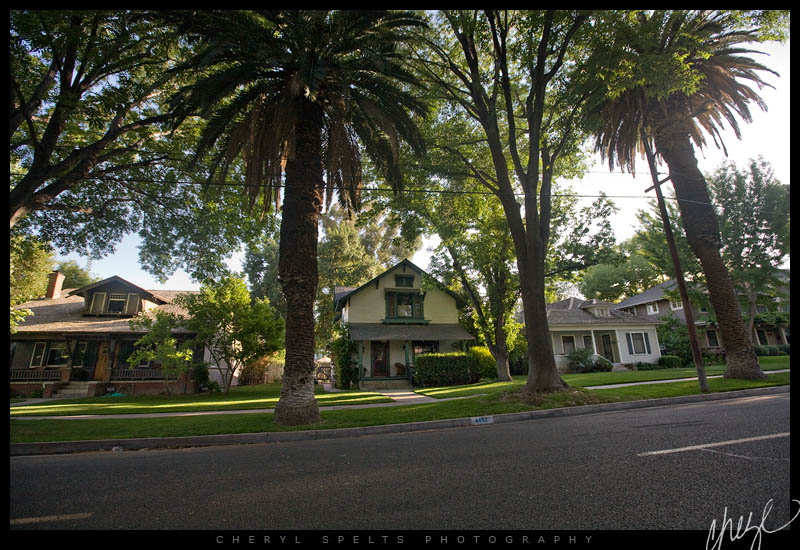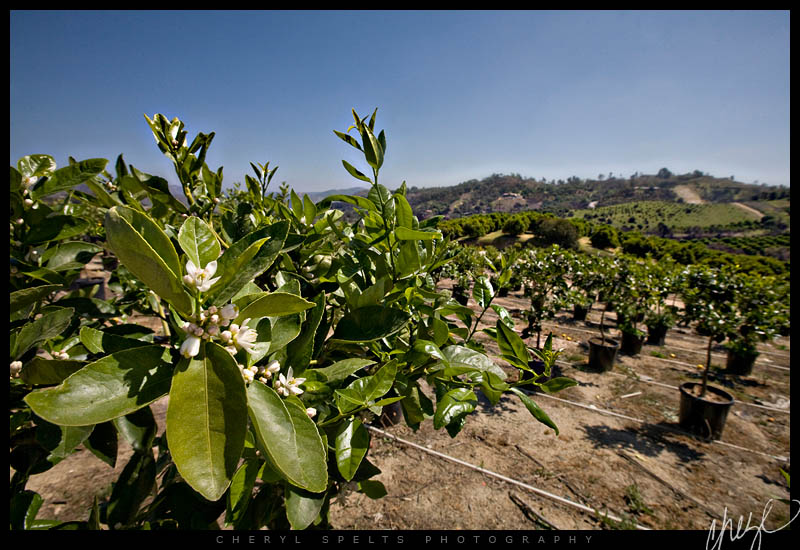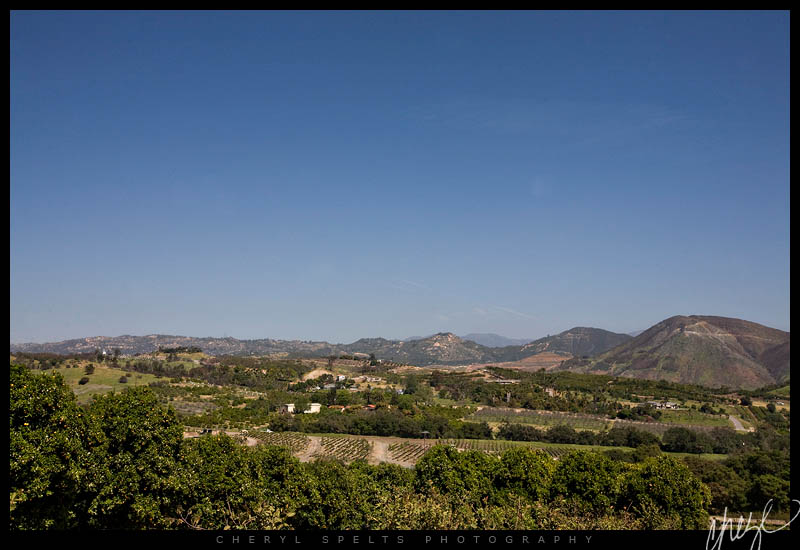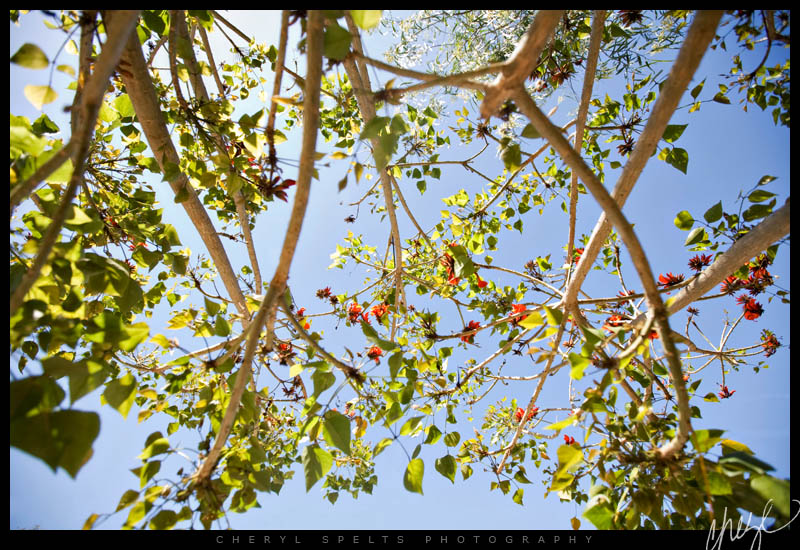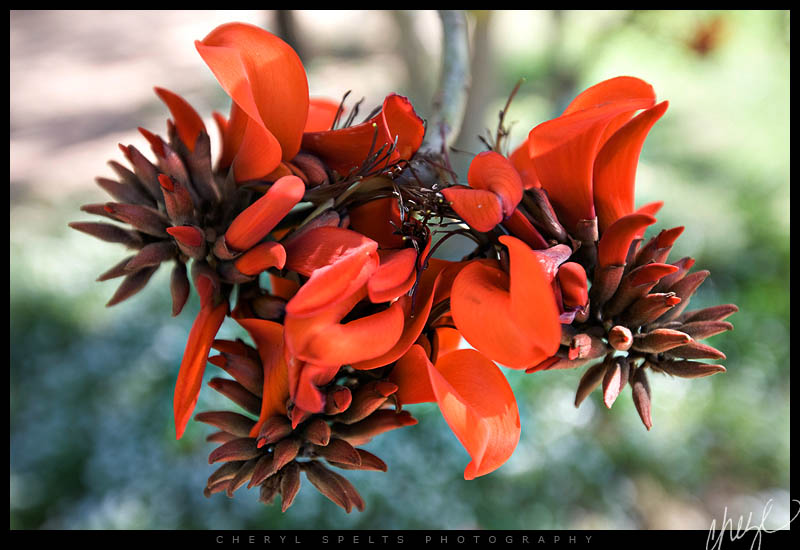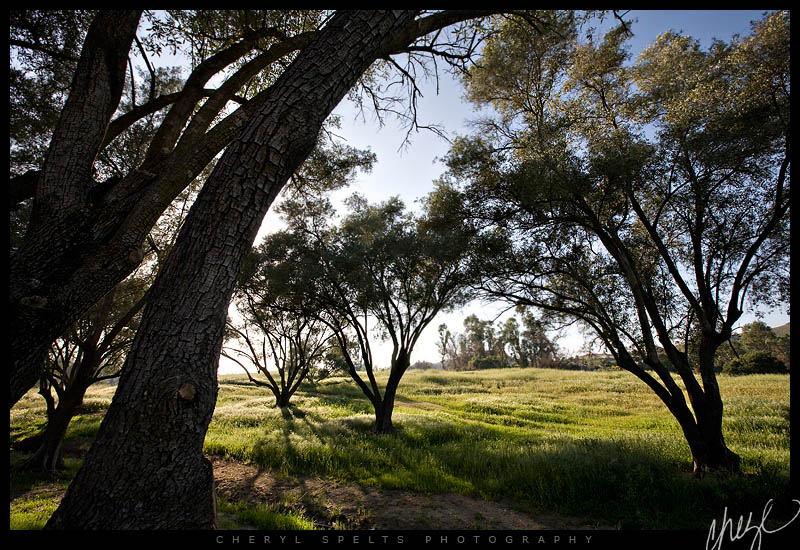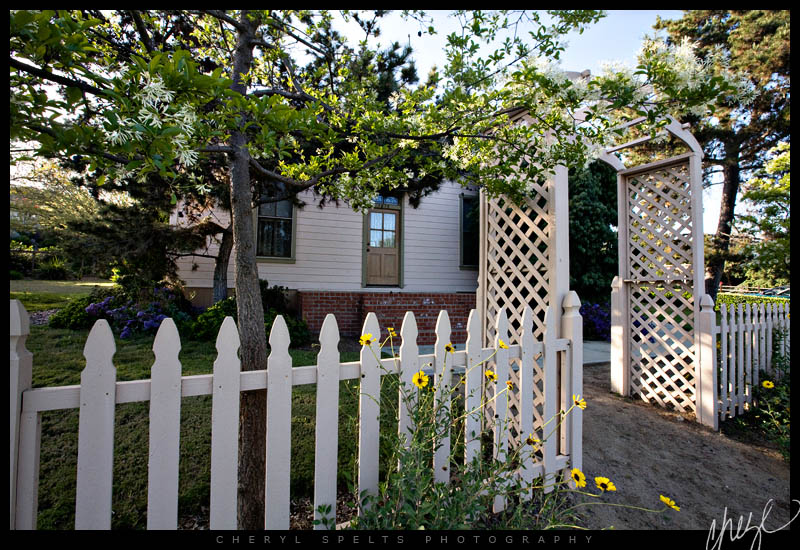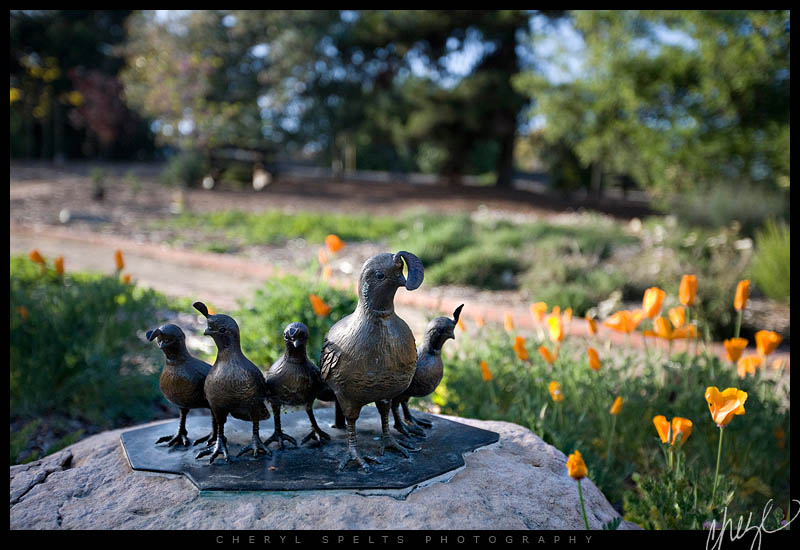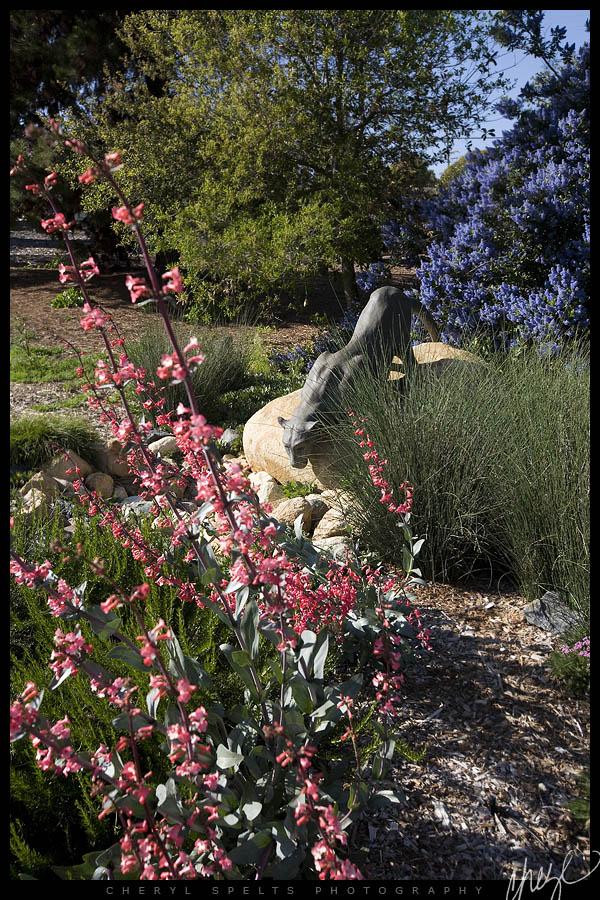When I lived in downtown Riverside in 1999, one of my neighbors mentioned that if you walked up our street – Ninth Street – you could walk all the way up Mount Rubidoux. And she told me they held Easter Services there. But I never actually walked the two blocks up to the entrance – I drove by it – but never made the walk.
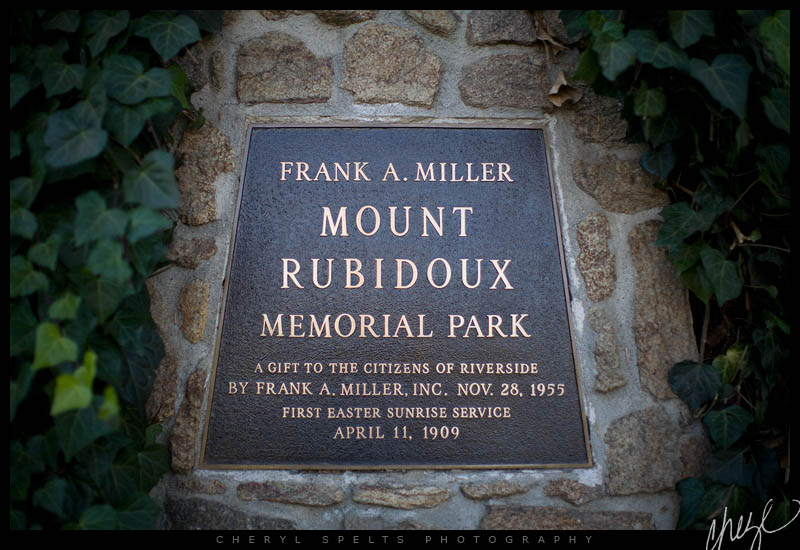
The plaque in the gate at the entrance to the park. Frank Miller was the owner of the Mission Inn during it’s heydey – he took the Inn from a local boarding house, to a world-class hotel with eclectic architecture that hosted all the U.S. Presidents of the day. Mount Rubidoux was another one of his projects – he bought it with investors, planted vegetation, erected the cross, and then sold the plots at it’s base for houses. In other words, it was a housing development!
I didn’t climb all the way to the top today – I only went about half-way up – but I found some beautiful things to shoot!

Just some bogenvia – but it’s one of my favorite versions – it’s pale cream or almost white with pale pink edges. It’s the most delicate looking of all the varieties of bogenvia.
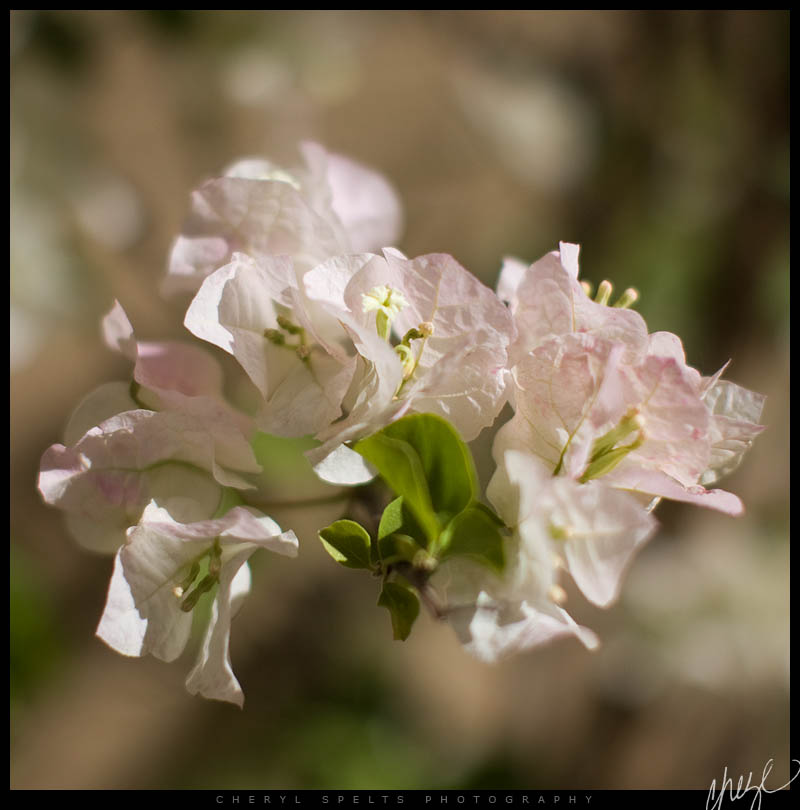
More pale pink bogenvia.
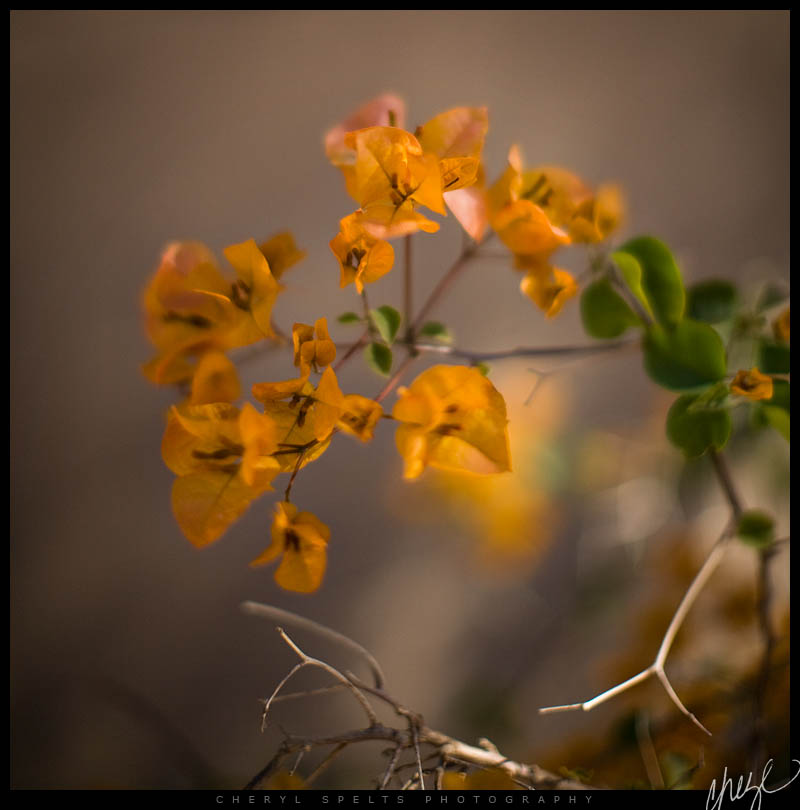
This image just blows me away. I knew it was special as I shot it, but I like it even better now. The circle, the way the leaves glow, the soft light, the natural vignetting, the extremely shallow depth of field. It’s just beautiful.
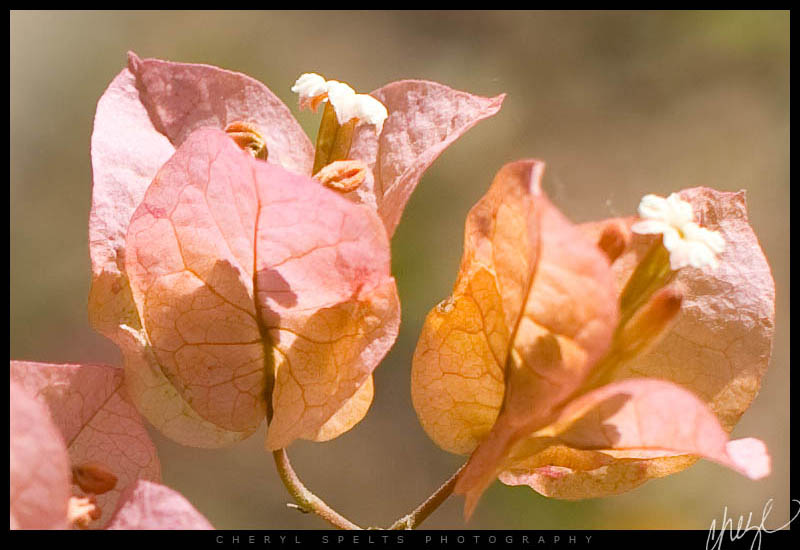
This is my other favorite variety of bogenvia – pale orange that turns to pale pink on the edges. The image is fairly basic, but the flowers are magnificent!
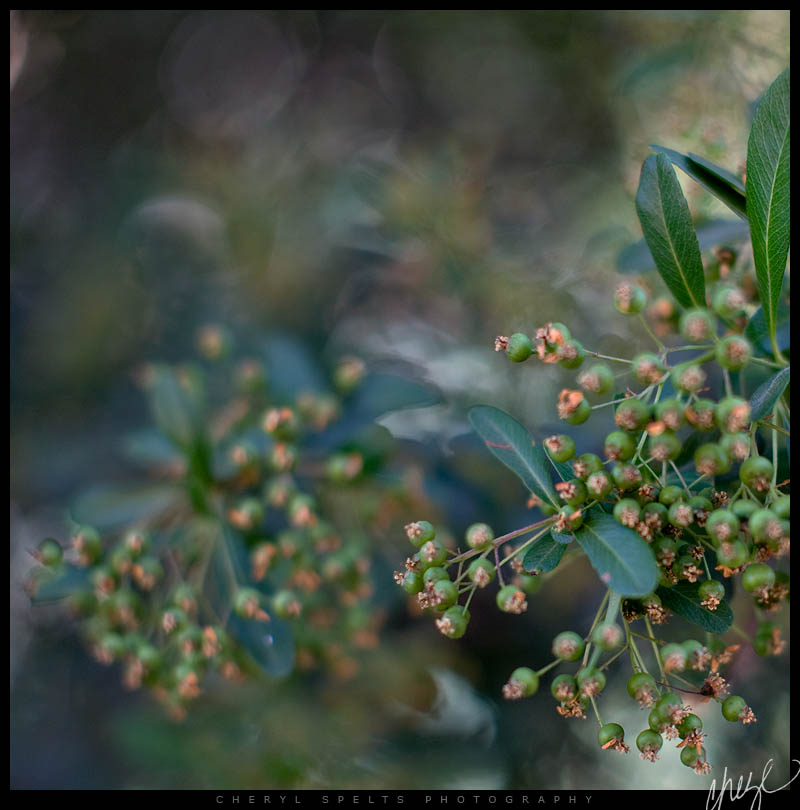
And this image was the second time that magic struck today. Look at the wonderful purples and greens in the blurred background. It’s amazing. I took half-a-dozen shots of this branch, and all the shots had that wonderful magical mess happening in the background.

This was the image that I came to Mount Rubidoux to make. I was in love with the wonderful blue sky – thanks to the Northeast wind and 100° temperature today. And the white tree with no leaves, and the gorgeous rust stained rocks, and the wildflowers – it’s exactly what I envisioned and the best representational image for the day. Hot, bright blue, and beautiful!

Grape vines, or ivy vines – I’m not sure – but whatever it was, it was interesting. And with the sun directly behind, I liked it even better.

And then my very favorite image of the day, of the week, and maybe of the whole month. So simple and so flippin’ beautiful. The wind was blowing hard, and these weeds were whipping around, in a dance. The whole series is beautiful, but this one frame is the ONE. My favorite…
And I’ll finish this post with a couple of vintage postcards showing Mount Rubidoux.

This postcard was made sometime before 1920 – notice the cars parked below. The park was created right after the turn of the century, and the first Easter services were held in 1909, with 100 people attending. Generally acknowledged as the oldest large outdoor Easter service in the United States, the idea spread to other areas, and soon sunrise Easter services were happening all across the nation. In 1926, 20,000 people attended the Mount Rubidoux Easter Sunrise Service.
What amazes me about the photo above is not just the large number of people, but also the small number of cars – most of those people walked up, in their Easter Sunday clothes.
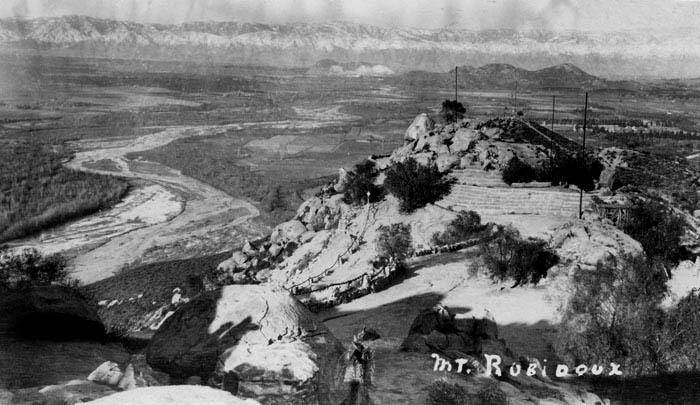
And this is Mount Rubidoux in 1947 – still not much development in the valley below.
Edited to add: I went back to Mount Dubidoux in July of 2009 and made some gorgeous images of the bridge, the cross, and the valley below. They really are beautiful images, so you’re interested in Mount Rubidoux here’s the link! http://cherylspelts.com/2009/07/mount-rubidoux/

